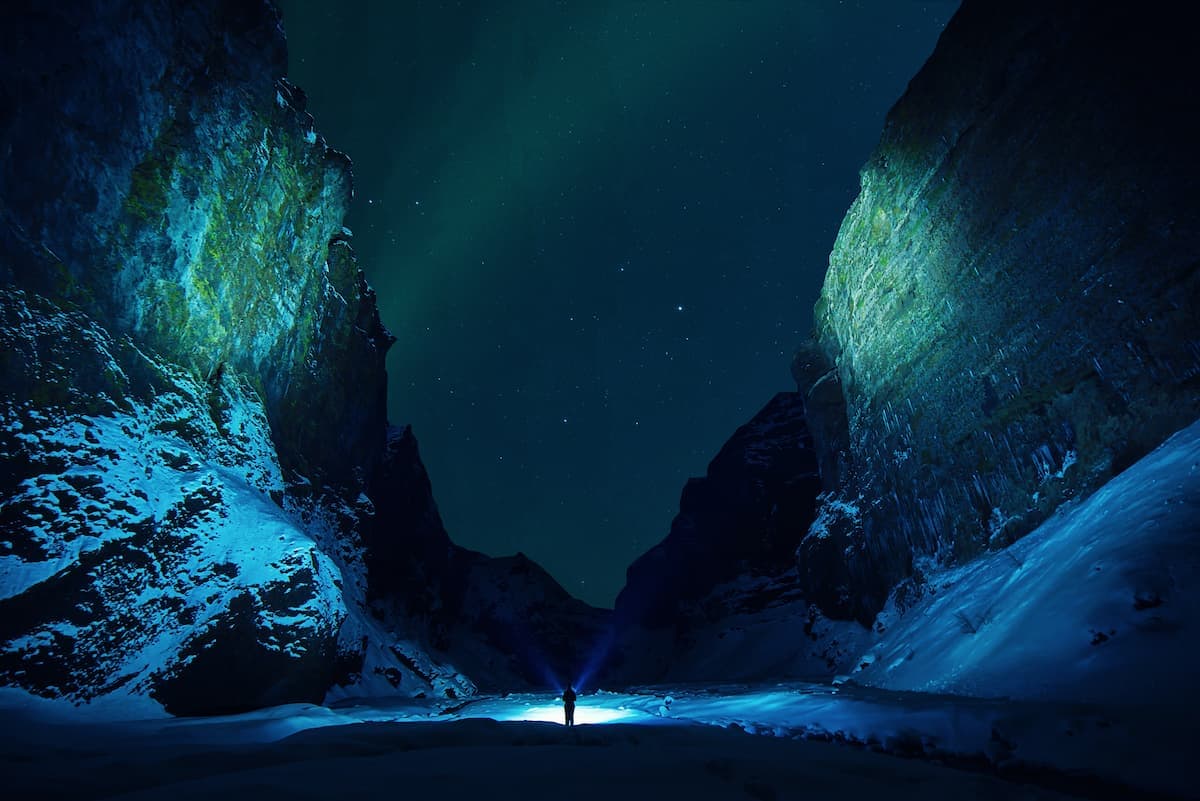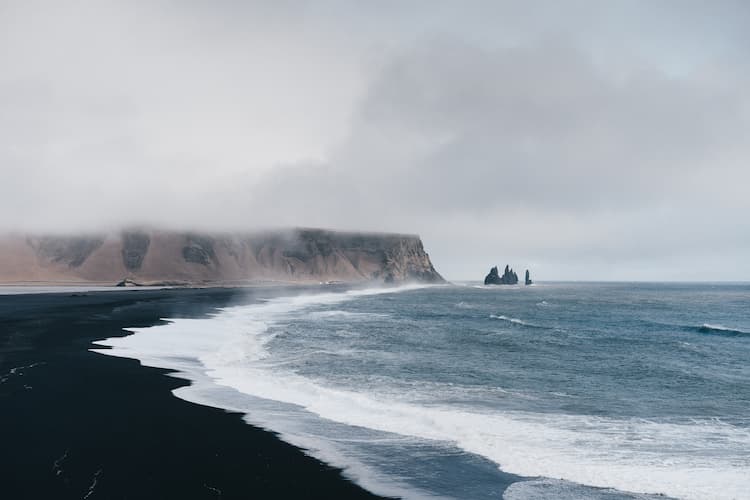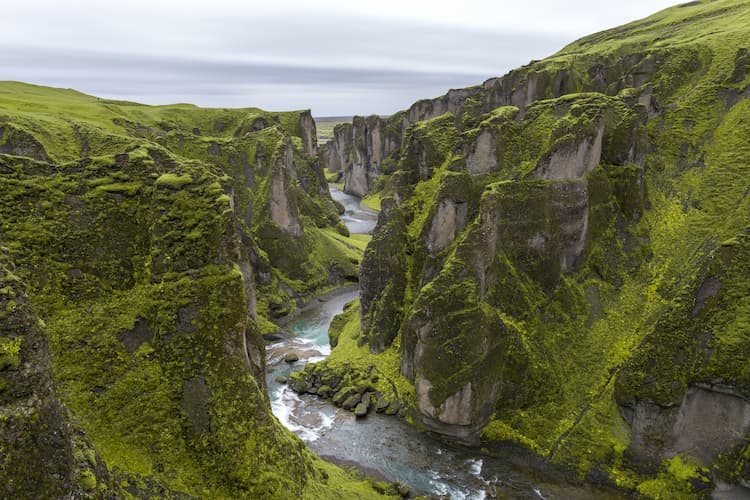
Go World Travel is reader-supported and may earn a commission from purchases made through links in this piece
Iceland is the most iconic country in Europe, hidden in the middle of the Atlantic Ocean. Famous for its moon-like landscapes, fascinating beaches, waterfalls, cliffs, and volcanos, this island country is on the bucket list of most travelers in the world.
Planning a last-minute trip to Iceland?
Top Experiences and Tours in Iceland:
- See the sights with a tour of Golden Circle, Blue Lagoon Including Admission & Kerid Volcanic Crater
- See glaciers on the Golden Circle & Glacier Snowmobiling Day Trip from Reykjavik
- Explore more with this tour of Northern Lights Yacht Cruise
Where to stay in Iceland:
- Find accommodation with Booking.com
- Find your dream apartment in Iceland with Agoda
- Find a hostel in Iceland with Hostelworld
Experiencing Iceland can be challenging if you come here at the wrong time when the mountain roads are closed due to wind, and hours of daylight are limited. You have to prepare yourself for all the possible weather conditions and to get familiar with the best time of the year to visit Iceland for things you want to do and see.
What Is the Best Month to See Iceland?
Depending on what you are planning to do in Iceland the best month to visit may differ, but for most tourists, these are summer months. If you are planning a road trip around the golden circle, or if you want to see puffins and do whale watching, July and August are the months for you.
This is the peak season when you can do most sightseeing and everything is accessible, from national parks, waterfalls, and geysers, to wildlife and bird watching. Discover this Viking country during its long days.
Best Tips & Tools to Plan Your Trip
What Month Is Best to See the Northern Lights in Iceland?
Even in May and August, the northern lights are present and occasionally visible. However, the best time to see the northern lights is from September through April when the nights are the longest. Winter is the best time for this activity, be ready to wait in the cold for a few hours while Aurora Borealis performs its magnificent colorful dance in the sky.

When Is the Best Time to See Whales in Iceland?
Up to eleven different species of whales can be seen in Iceland. There are excellent chances that you will encounter blue whales, especially in the north during the summer. Iceland is one of the best places to see whales, even in winter.
Although it is possible to see whales year-round, the best months to spot humpbacks, minke, orcas, and others are from March to September. That is also the time of year when it is not too cold to be on the boat sailing through the cold Iceland sea on whale watching tours.
When Is the Best Time to Visit Reykjavik?
The months of June through August are ideal for travel to Reykjavik. You can take advantage of the warm weather and never-ending sunset. These are the months of the Midnight Sun, which locals appreciate a lot and barely sleep on those days.
Winter is the best time to visit this country if you want to save money and be there with fewer tourists, but be aware that the sun only shines for four to five hours each day from December to February. However, spending New Year’s Eve in this icy country is an unusual experience.
Visit Iceland Breakdown by Month
If you want to understand when is the high season or when is the best time for snowmobiling, keep reading the breakdown by month of the best time of the year to visit Iceland.
January in Iceland
Although temperatures in Iceland are often chilly throughout the winter with lots of snow and ice, this is not always the case. Lows on average are barely above freezing. However, strong winds might give the impression that it is considerably colder than it is, especially because January is the windiest month of the year in the nation.
Snow is almost a given in the northern part of the nation. Higher elevation areas also experience a lot of snow in January. However, rain is the norm in other parts of the nation. It’s crucial to dress appropriately for the environment.
This is the best way to travel to Iceland to enjoy winter sports like glacier hiking, exploring ice caves, snowmobiling, and skiing. Even if it is cold outside you can still enjoy hot springs and the Blue Lagoon.
February in Iceland
At this time of year, you can search for the Northern Lights and watch the Winter Lights Festival in the capital, Reykjavik. Or try exhilarating activities like glacier walking, ice caving, and snorkeling during the Icelandic winter. The best time to experience Iceland’s highlights in all their serene winter beauty is in February.
March in Iceland
Iceland is a stunning country to visit in March. The Northern Lights are still spectacular, in addition to the fact that the weather has generally calmed down. Another plus is that daylight hours are extending and the environment begins to indicate the arrival of spring. The Arctic weather is not as cold, and this is the best time of year to visit frozen waterfalls that are slowly waking up.

May in Iceland
The nice, long days also mean that the vegetation is beginning to green up, the flowers are beginning to bloom, and the bird life is beginning to return. The Reykjavik Art Festival, Festival of the Sea, and an independent music festival called Reykjavik Music Mess are just a few of the entertaining events taking place in and around Reykjavik.
June in Iceland
There is plenty of daylight to enjoy and it is not too cold outside, which allows for a wide range of outdoor activities and cultural events. This is also the end of shoulder season that started in late May, and the last time you can see the South Coast with fewer tourists before autumn.
July in Iceland
In July, when the sunny days are longer and the nights are shorter, Iceland enjoys the best of the tourist season. Iceland’s summer and winter contrast so sharply that the two seasons make the country seem like two entirely different places.
The best time to travel to Iceland is July because you can take advantage of the wide range of natural wonders that Iceland has to offer like hiking trails, volcanos, and wildlife watching. This is also the month of the summer solstice when the popular Secret Solstice festival is happening.
August in Iceland
For a variety of reasons, August is Iceland’s busiest travel month. It’s ideal for having a wonderful time in Iceland because of the weather, the views, and the festivals. Visitors are going on road trips, you will see hikers everywhere, and there is little chance of storms happening. Being the warmest month of the year, August offers you the best of Iceland’s weather.
September in Iceland
The weather is slightly colder and it is the beginning of the low season, but for many visitors, September is the best time to come to Iceland. You can still self-drive the ring road, and go to amazing locations like Snæfellsnes peninsula, Westfjords, Jökulsárlón, and so much more.

October in Iceland
October in Iceland means that you will experience all kinds of weather conditions. On the same day in October, you can see the sun, rain, snow, and a rainbow. The month of October is regarded as a transitional one because winter has not yet arrived but the days are still warm and long. However, since mid-October days are becoming shorter and colder.
November in Iceland
November is the beginning of the winter season when snowfalls are more common. It is not yet as cold as in January, but you have to dress warm and you can expect fog, snow, rain, and sun all to happen within the same hour. It is also the month when one of the biggest music festivals is happening in the country, Iceland Airwaves.
December in Iceland
Winter weather is getting its true form, northern lights are often seen, while the days are the coldest and darkest of the entire year. Around the country, snow is accumulating, and the sun only shines for a few hours each day. However, everyone is getting ready for Christmas and a cheerful atmosphere is present everywhere.
Final Thoughts…
Although Iceland is so fascinating, this country is not for everyone in its winter months. Plan your trip according to the activities you want to do, and if the summer works best for you, that is when you should go to Iceland. Save this travel guide so you can go back to the travel tips you will need for your next trip to Iceland.
Inspire your next adventure with our articles below:
Author Bio: Danijela Horvat is a travel writer who finds inspiration in culture, history, and people. She has a background in journalism, and her passion is reading, writing, and photography. With 10 plus years of writing experience and almost 50 visited countries, she is a citizen of the world.
- Top 10 Things to Do in Ireland - April 25, 2024
- How to Get Around in Sydney: A Local’s Guide to Traveling Around Sydney - April 24, 2024
- The Low-Key Magic of Ghent, Belgium - April 22, 2024

